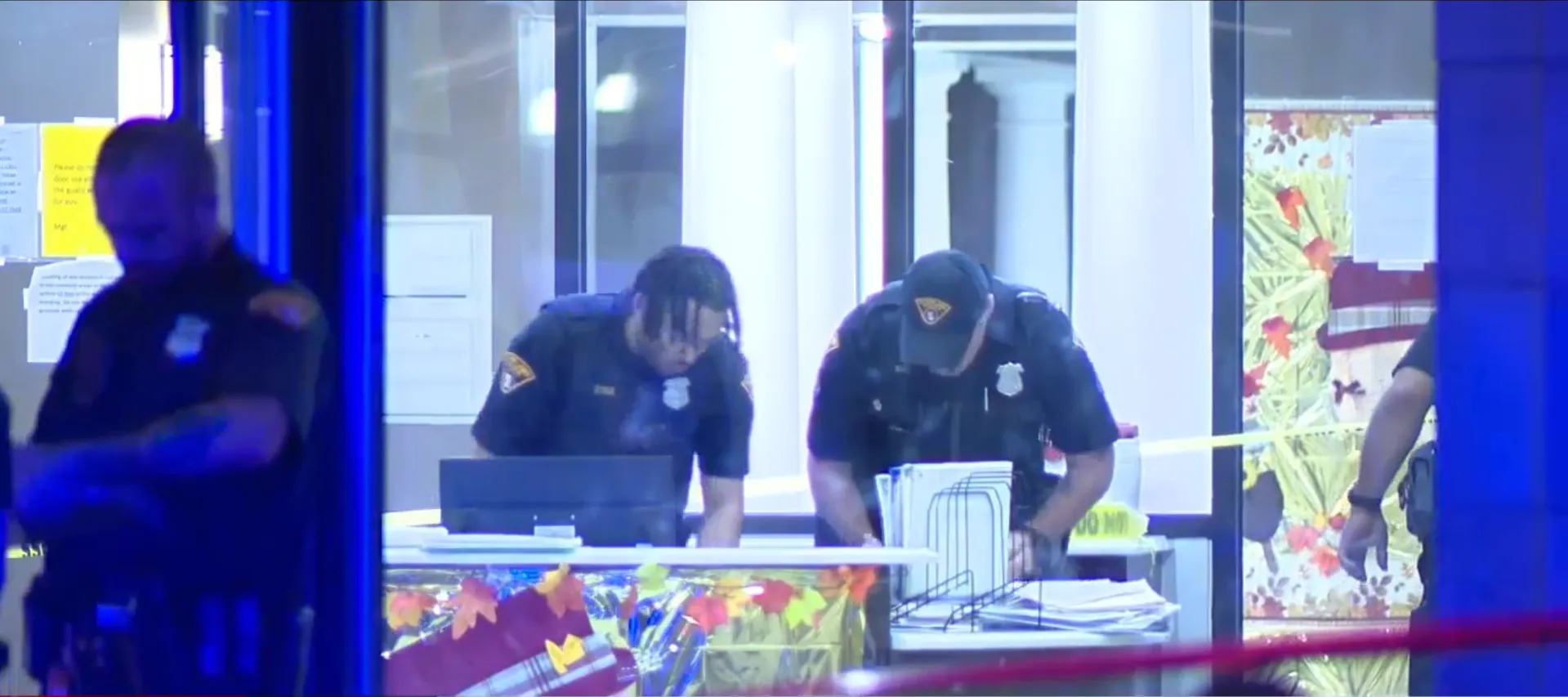In the darkness of the pre-dawn hours, when the city center streets still pulse with nightlife, a 34-year-old man found himself in the epicenter of a brutal confrontation that nearly cost him his life. Cleveland police, responding to a distress call at 2:58 a.m. Tuesday, discovered the victim lying on the asphalt of 1000th Avenue’s Prospect Avenue in the Gateway area — a lively hub of bars, restaurants, and sports arenas, where crowds often turn the night into an arena of unpredictable events.
According to law enforcement officials, the scene that unfolded near Progressive Field was a classic example of conflict escalation in an urban environment, where alcohol and emotions often cross boundaries. The victim, attempting to play the peacemaker during a quarrel between a 29-year-old man and another individual, became a victim of a sudden outbreak of violence. The suspect, whom police found standing over the unconscious man, was immediately arrested without resistance. Insiders from law enforcement emphasize that this incident underscores the chronic problem of nightlife violence in Cleveland, where such altercations—from bar shootings to street brawls—have become disturbingly frequent. In just the past week, at least two serious incidents have been recorded in neighboring districts, including a shooting after a mass brawl at a local venue.
Officers arriving on the scene provided immediate first aid, stabilizing the victim’s condition prior to the arrival of an ambulance. He was transported to a local hospital in critical condition, where doctors are fighting for his life, though details of his injuries—ranging from fractures to possible internal damage—remain confidential. Preliminary investigations, based on eyewitness accounts and surveillance footage that densely cover this area due to its status as a tourist hub, indicate that the argument erupted instantly, turning a peaceful night into chaos. The suspect, a 29-year-old local resident, now faces charges of serious assault, which could lead to years of imprisonment if the court considers aggravating circumstances.
This case, as veteran Cleveland police sources tell me, is symptomatic of a broader crisis: in a city striving to revitalize its downtown after the pandemic and economic challenges, the rise in street violence threatens to undermine revitalization efforts. The Gateway district, with its glittering lights and crowds of baseball fans, has long been known as an entertainment magnet but also a risk zone — statistics show a surge in alcohol-related incidents, especially in the post-midnight hours. Local activists are already calling for increased patrols and conflict prevention programs to prevent such tragedies from recurring, which not only destroy lives but also scare off visitors to Ohio’s heartland.
While the investigation continues, the Cleveland community anxiously awaits updates regarding the victim’s condition, reminding us of the fragility of peace in American cities. As a journalist with decades of experience covering urban conflicts, I can say: such stories are not just statistics but a mirror of society, which must find a path towards safer streets.


